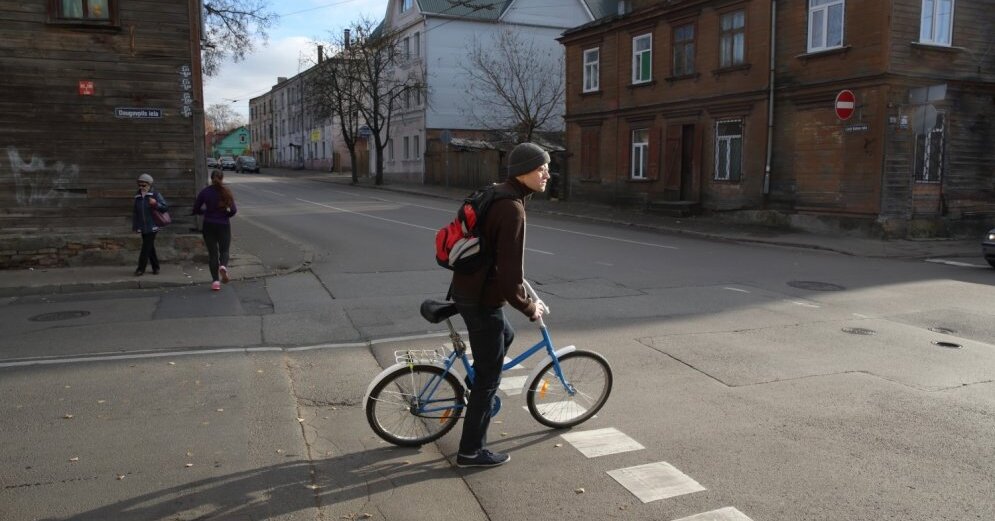Content will continue after the ad
Advertising
–
In the suburbs of Moscow, the population has decreased by 2297, in Purvciems – by 2053, and in Ķengarags – by 1978.
The population has increased in more than 20 neighborhoods. The largest number of residents came to the city center, where their number has increased by 1,540.
In general, the largest population is in the so-called sleeping areas and in the vicinity of the Center. The size of Riga’s neighborhoods in terms of population can be described in comparison with the population of Latvia’s largest cities.
For example, according to the CSB data, the most populated area of Riga – Purvciems – would be the fourth largest city in Latvia after Daugavpils, Liepāja and Jelgava. In turn, among the 20 most populated places, 12 would be the neighborhoods of Riga – Purvciems, Ķengarags, Imanta, Pļavnieki, Ziepniekkalns, Center, Teika, Moscow suburb, Agenskalns, Jugla, Ilguciems and Vecmīlgrāvis.
The report points out that for several years now, the most important challenge for the city of Riga has been to prevent an unfavorable demographic situation so that people want to live and return to Riga.
According to the report, although the total population lags significantly behind the 700,000 population envisaged in the Riga Sustainable Development Strategy for 2030, the city has managed to reduce population migration and there is reason to believe that improving the quality and mobility of the urban environment will stabilize in the future.
–


